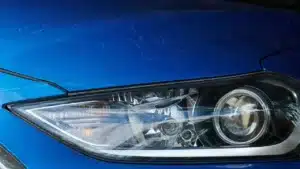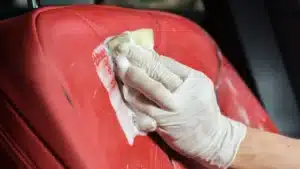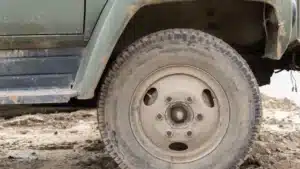If you’ve ever wondered if washing your car when it’s raining is a good idea, then this article is for you. It’s quite counterintuitive at first glance, but you’ll soon discover that there’s more than meets the eye – or, should we say, windshield wiper.
Car washing is typically associated with cloudy, overcast mornings, so we would understand if you’re a bit conservative. After all, nobody wants to get soaked in order to get their car washed. But you may want to reconsider, as the benefits of washing your car in the rain outweigh getting drenched.
Besides enhancing your vehicle’s aesthetics, you also get to play a part in preserving the planet. Read on to discover everything about washing your car in the rain, including the benefits and possible dangers.
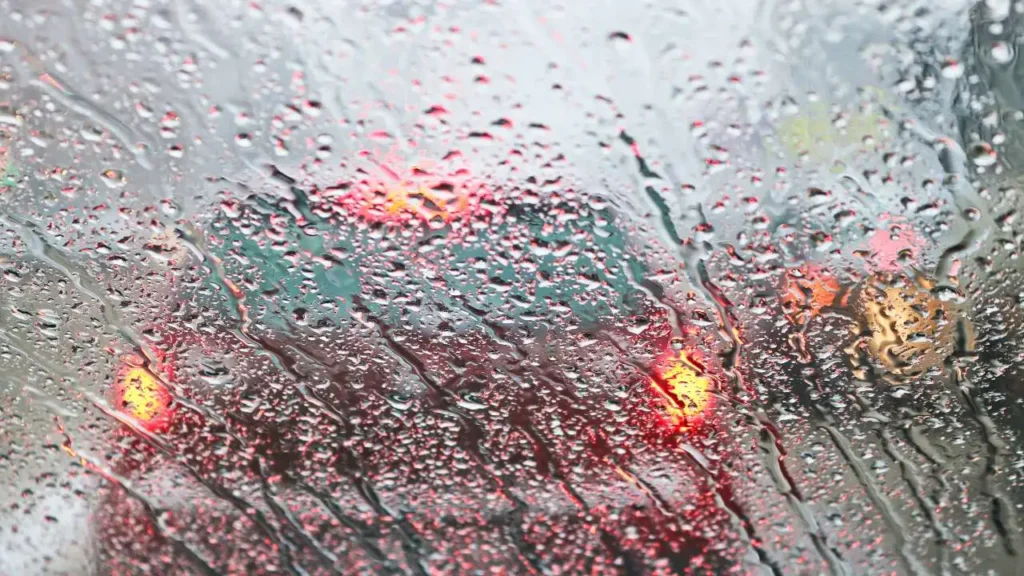
Benefits of Washing Your Car in the Rain
The conventional approach to car washes often involves a familiar setup – hoses, buckets, and a dedicated wash. What if we told you you require less of that when you wash your car in the rain?
Rain is a powerful natural ally that can make your car wash much easier and more efficient. The benefits of a car wash in the rain are endless, from saving time to a natural rinse. Below are some benefits of getting your car washed in a rain shower:
1. Aids Rinsing
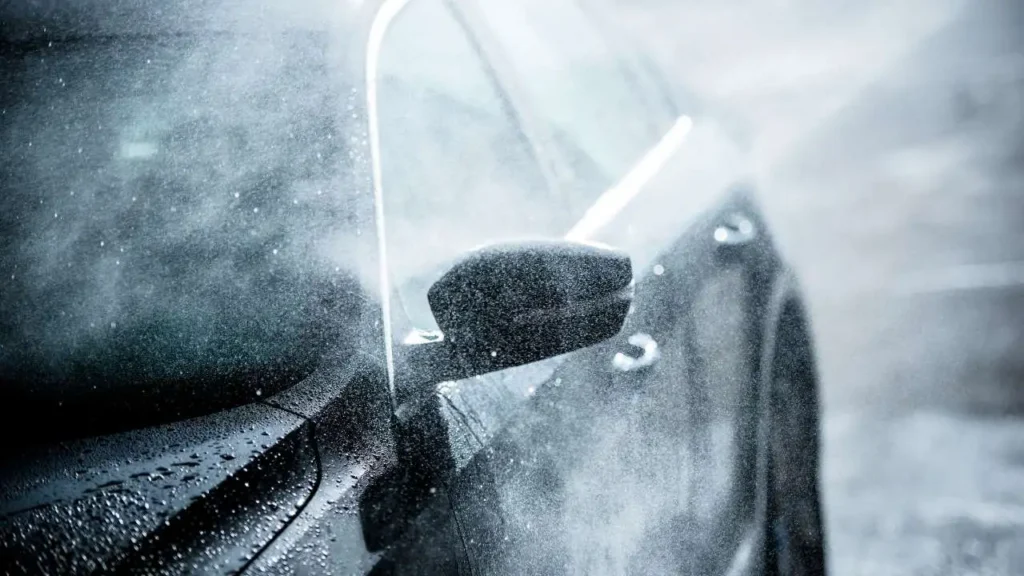
One of the top benefits of washing your car in the rain is that it helps with rinsing. There is no need to pre-rinse the vehicle when washing in the rain, as the water droplets from the first few minutes can greatly reduce swirl marks and give it a quality wash.
You also won’t need to rinse since the rain droplets will also help rinse off the soap lather. And unlike hard water, rainwater has low mineral content. So, when the water droplets land on your car, they don’t leave shampoo residue or water spotting as the rain dries.
So think of rainwater as a gentle cleanser. The next time it’s raining, consider embracing the moment and letting nature assist you in washing your car and giving it a refreshing, natural rinse.
2. Saves Time

To wash your car in the rain might not seem like the quickest way to get the job done, but surprisingly, it can be a highly time-efficient approach. The unending water droplets help you get the job done faster.
The water droplets already help pre-rinse your car. All that is left is for you to wash and leave the rinsing to the rain. So, when washing under the rain, you will only need to focus on scrubbing off the dirt, as the rain provides a constant supply of naturally soft water for your vehicle.
3. Saves Water
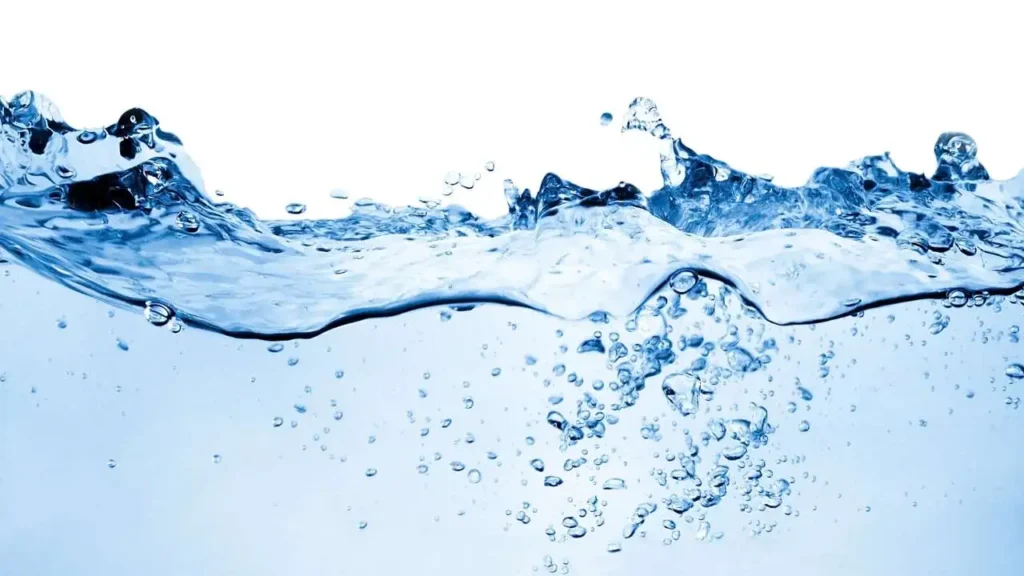
Besides saving time, washing your car when it rains is a responsible choice. According to Wildlife Trusts, conserving your water means using it wisely.
Hence your effort can lead to significant long-term water usage and security and also contribute to a healthier water cycle. Many regions, especially the Middle East, face challenges in meeting their water demand due to population growth and changing climate patterns.
So by reducing your reliance on municipal water systems, you tend to reduce your water bill but, more importantly, alleviate the strain on these systems, ensuring that water is available where it’s most needed.
4. Reduced Risk of Paint Damage
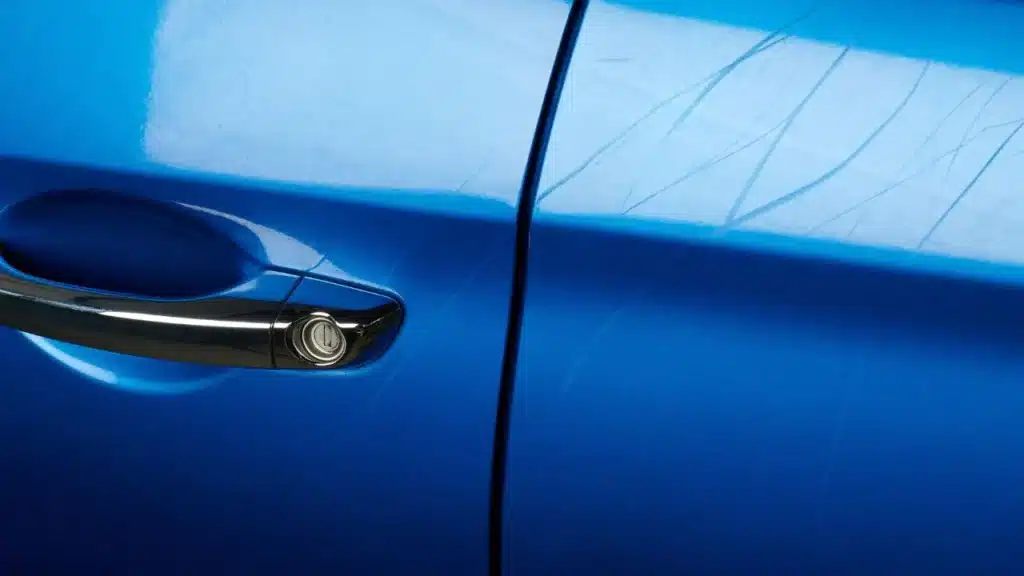
You’d agree that unsightly water spotting impairs the vehicle’s paint and even the vehicle’s finish. As we’ve mentioned earlier, rainwater has low mineral content. So, rinsing off the soap lather with rain droplets reduces the chance of water spots forming once it dries, especially on the car’s surface.
Also, when you opt to wash your vehicle by yourself, you won’t have to worry about micro scratches caused by the friction from the scrubbers used in an automatic car wash.
Dangers of Washing Your Car in the Rain
Washing your car when it rains can be a convenient and eco-friendly option, but you should know that if the rain stops, you can be left hanging. There are also certain dangers to be mindful of before you wash your car in the rain. Below are some possible risks to your car and how to manage them.
1. Acid Rain
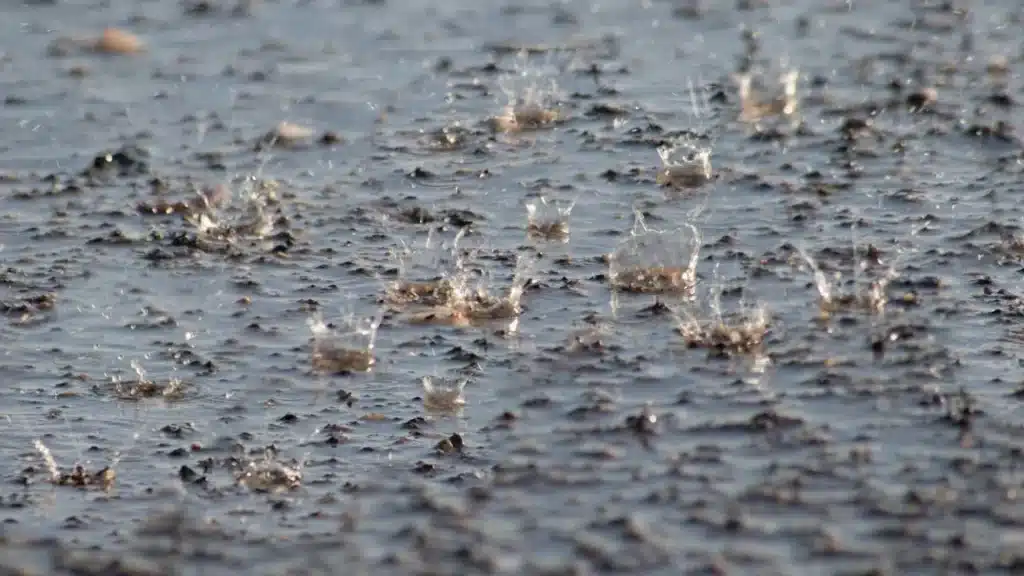
Acid rain is caused by air pollutants and other contaminants interacting with rainwater and can damage your car’s exterior, especially for a metallic car’s finish or a dark-colored car. It causes unsightly stains and spots and makes your car dirty.
When acid rain lands on your vehicle, it causes the paint to lose its luster and gradually fade. The stains from acid rain are usually more difficult to remove as they etch into the paint. And when you expose your car to acid rain for an extended period, it can also cause rust on the surface.
If you live in Massachusetts or any state with a high chance of acid rain falls, you should take proactive measures to protect your car from the corrosive effects of acid rain. These include using wax and parking your car in a garage to reduce exposure to acidic raindrops.
2. Hail Stone

Another possible risk to your car is hailstones. Hailstones are pea-sized pellets or balls that form from frozen precipitation. They are capable of causing more damage, from denting your car’s nice slick surface to chipping, cracking, or compromising the entire structural integrity of the windscreen.
So, if you live in a hail-prone area, don’t get your car washed in the rain. You are better off doing it the conventional way, which is way cheaper than dealing with the costly hail damage. Research has shown that extensive hail damage reduces a vehicle’s resale value or, even worse, can cause the car to be declared as a total loss.
3. Drying is almost impossible
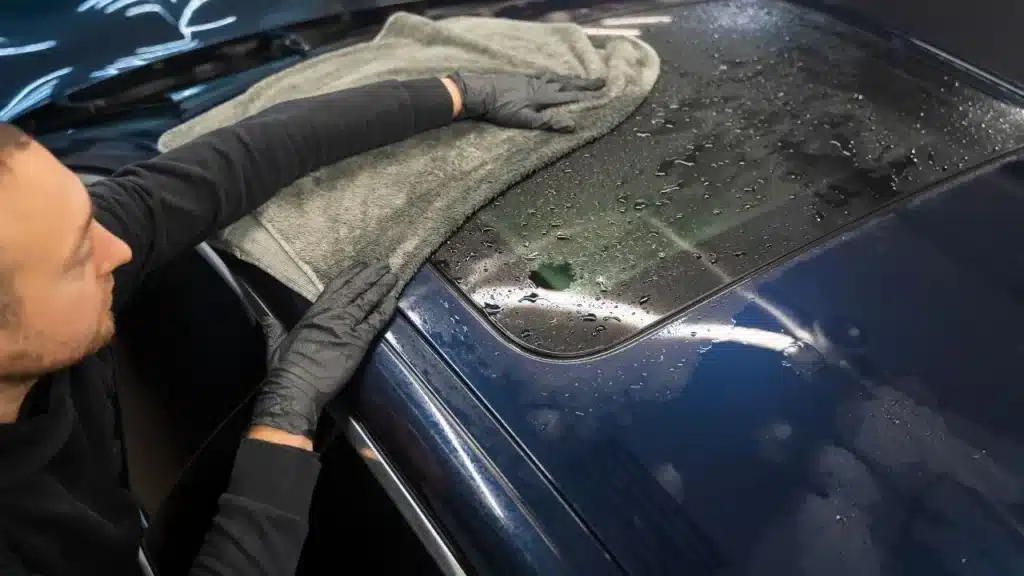
Drying with a clean microfiber towel after car washing is an essential step. This is because it helps to reduce the risk of water spots that could form when you leave the water to dry.
After you wash your car in the rain, drying becomes impracticable, as the unending flow of rainwater hinders the process. The only solution is either wait for the rain to stop or drive your car into a garage and wipe off the water.
FAQs
Is it important to dry your car after washing it?
Yes, it is important to dry your car after washing. It helps to prevent water spots and streaks. While it might seem impracticable, it is not impossible.
You can always wait for the rain to stop and proceed to clean off the water or drive into your garage and dry the surface. When drying, only use clean microfiber towels to minimize micro-scratches on your car.
What weather condition is best for washing cars?
Ideally, a mild, overcast day with temperatures between 50 to 75 degrees Fahrenheit (10 to 24 degrees Celsius) is considered optimal for washing a car. This weather is very conducive for washing, as it allows enough time to apply and rinse off the shampoo.
You want to avoid washing under direct sunlight because of the increased chance of the water and soap evaporating rapidly, leaving water spots and streaks on your car.
How often should you wash your car in the summer?
You should wash your car every two weeks during summer to keep it clean. Suppose you live in an area with harsh conditions, such as an area with industrial activities; you may want to consider doing it weekly to prevent damage caused by industrial contaminants during a car wash.
Conclusion
While it might seem odd at first, in the long run, washing your car on a rainy day is a little adventure that gives you a new way to enjoy the rain. Besides the fact that it will make a fun activity for anyone who likes adventures, the benefits of washing your car in the rain make it worthwhile.
You get to save money, time, energy, water, and, most importantly, reduce the risk of paint damage to your car. But before you begin washing when next it’s raining, confirm that your area isn’t prone to acid rain or hailstones.
Ultimately, washing your car in the rain is all about embracing something different. And it’s definitely worth it, as you also get to contribute your own part in the race to save the planet. So, when next it pours, grab a wash mitt and give it a try – your car and the planet will thank you!

